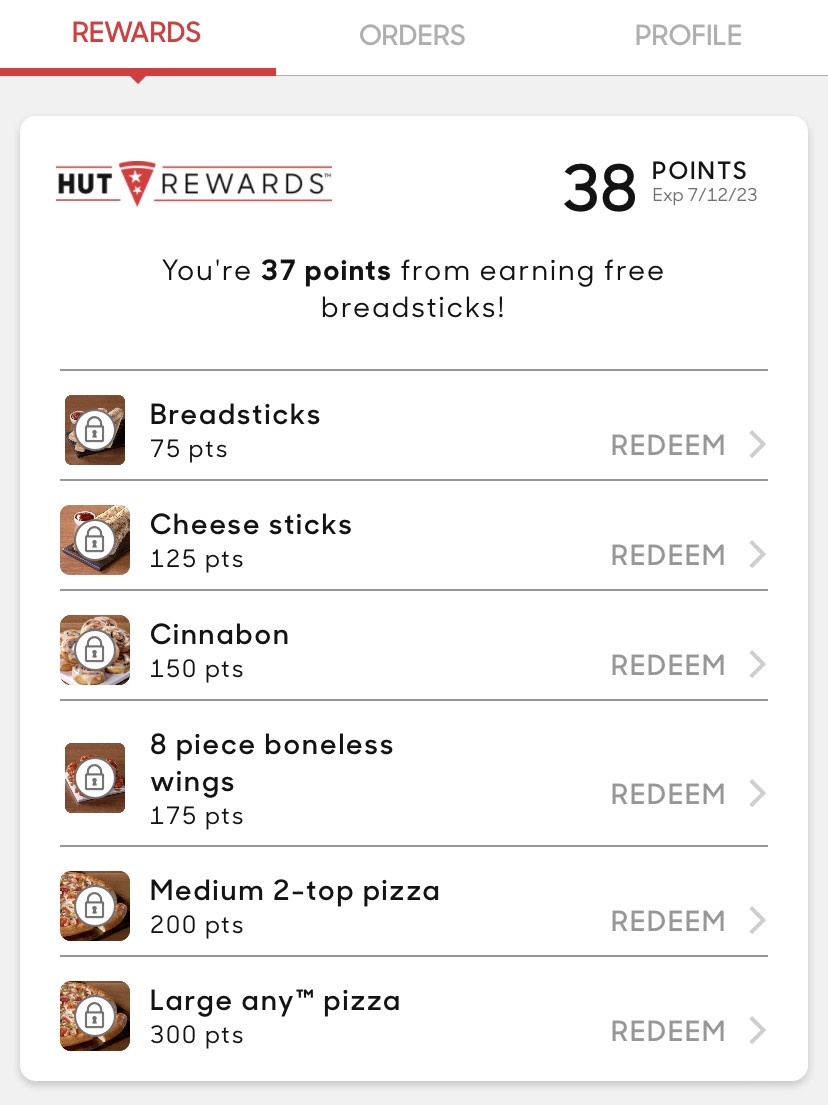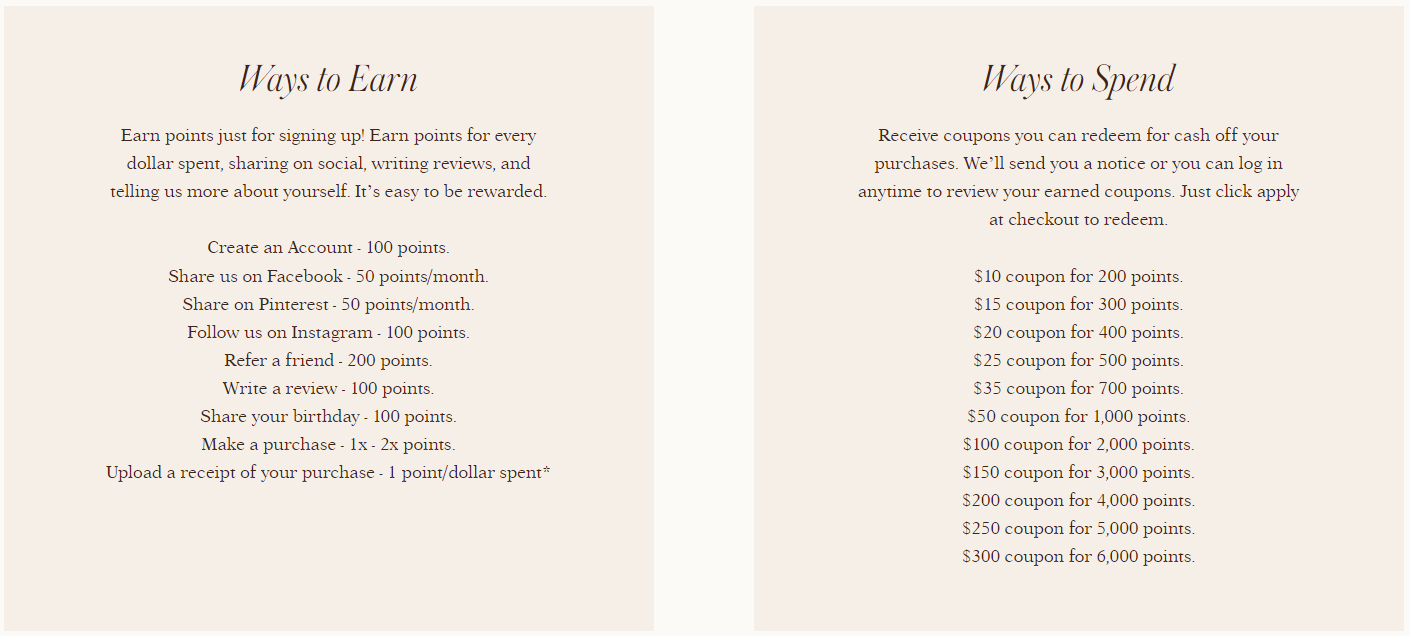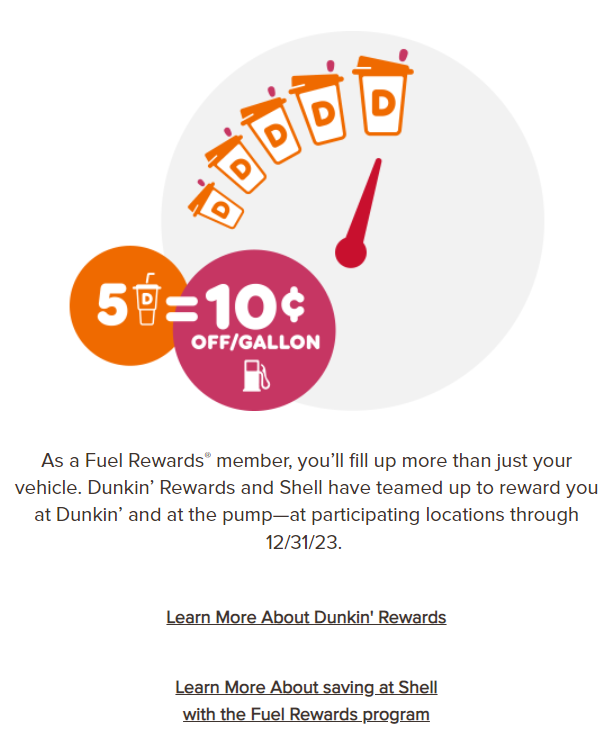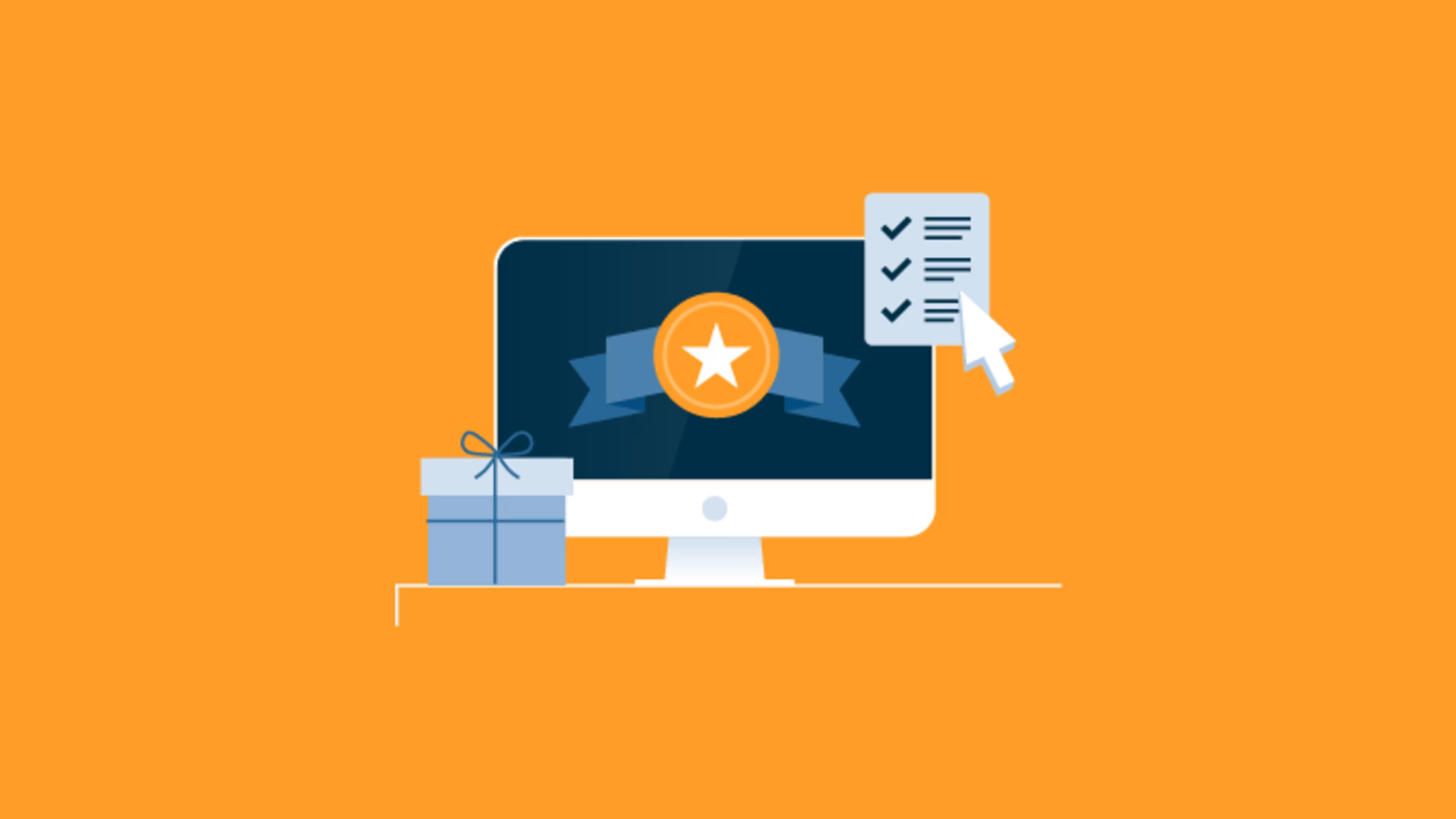Reassess your loyalty program to boost revenue and improve customer experience.
If you’re in charge of marketing for a small business, you’re already aware of the value a customer loyalty program can provide. But let’s be honest—how bottom-line friendly are those discounts and free products? Is a subscription-based program really the best fit for your business goals? Are you sure you’re doing enough to promote your loyalty program?
The three tips we share in this article help you reassess your current customer loyalty program and make changes to boost revenue, keep repeat customers happy, and attract new ones as well. Our tips are backed by analysis from Gartner, a leading global research firm, so you can feel confident using them to optimize your customer retention strategy.
Tip #1: Offer experiences in addition to transactional rewards
We’re all familiar with transactional rewards: Make a purchase, earn reward points. This loyalty program structure incentivizes repeat business and can be used to nudge consumers to try new products. Examples include Bath & Body Works’ loyalty rewards program and Pizza Hut’s Hut Rewards (shown below).

Screenshot of Pizza Hut’s Hut Rewards program[1]
The solution? Experiential rewards, which strengthen customer relationships beyond discounts or free products. For example, early boarding is a benefit that frequent flyers value and can usually get only if they spend enough with one brand. Sephora’s Beauty Insider program, shown below, allows customers to redeem reward points for access to exclusive events and product launches.

Screenshot of experiential rewards from Sephora’s Beauty Insider program[3]
If you’re able to offer exclusive experiences to customers, then experiential rewards are the way to go, as they provide a unique opportunity to foster deeper connections with customers without hurting your bottom line. For most brands, though, a mix of transactional and experiential rewards is a good compromise to maintain customer engagement in their loyalty program.
/ Feature spotlight
To keep a record of each customer’s actions and purchases, look for customer loyalty software platforms that offer activity tracking. This feature allows you to monitor and track the number of customers participating in your loyalty program, redeeming rewards, and making repeat purchases so you can gauge the popularity and effectiveness of various incentives.
Tip #2: Align program type with business goals and customer needs
There are several different types of customer loyalty programs, but they aren’t one-size-fits-all. As a marketing leader, it’s important to select a program type that aligns with your business goals and customer needs. Selecting the wrong program type could mean wasting resources as well as opportunities to connect with customers.
Below, we’ll discuss three popular program types—tiered, subscription, and coalition—to help you assess the best fit for your brand.
1. Tiered loyalty programs
A tiered loyalty program is a type of points-based system where rewards increase as the customer’s spending increases. It’s useful because it differentiates between customers who just sign up for the program versus repeat high-spending customers, allowing you to limit exclusive benefits (such as costlier transactional rewards) to a smaller pool of customers.

Screenshot of benefits in the tiered loyalty program of leather brand Patricia Nash[4]
Benefits of tiered loyalty programs include:
The opportunity to collect first-party data through customer sign-ups. Program perks paired with a transactional incentive to join can motivate members to share precious customer data.
The opportunity to gamify participation. Customers who are close to moving up in tiers can be nudged to spend more.
If you’re in retail or an industry where sales and markdowns are common, tiered programs may not be the best fit for your brand. This is because the cost or value of exclusive benefits might negate the revenue brought in by the program. If you’re currently working with a tiered model and don’t want to change the structure of your program, ensure rewards remain both valuable to the customer and profitable to your business (as discussed in our first tip).
2. Subscription loyalty programs
In subscription loyalty programs, also known as premium or paid programs, customers pay an upfront fee to receive exclusive benefits. While these programs can be challenging to implement, they’re gaining in popularity: Gartner[2] predicts that by 2025, 20% of B2C revenue will be generated from recurring revenue models, including subscription loyalty programs.
Amazon Prime is perhaps the most obvious example of a successful subscription program, and other companies such as Barnes & Noble and Panera Bread are following in its footsteps.

Screenshot of Panera Bread’s Unlimited Sip Club benefits[5]
Subscription loyalty programs make the most sense for products needing regular replenishment (e.g., pet supplies, pantry items, personal hygiene products) as well as services that fit seamlessly into a customer’s routine (e.g., laundry, compost pickup, grocery delivery). Benefits could include increased wallet share—as customers are unlikely to shop elsewhere when they’ve already paid to receive benefits—and revenue from subscription fees.
If you’re considering a subscription program or currently following this model, keep these challenges in mind:
Subscription programs see a high degree of customer churn. Part of running a subscription program means convincing customers they’ll get a good return on investment. To assuage doubts, you’ll need to dedicate time and money to continuous program innovation.
Most customers will not participate. Subscription benefits are most attractive to already frequent shoppers for whom the program subscription would help save money or, at a minimum, break even.
3. Coalition loyalty programs
Coalition loyalty programs, also known as partnership or reciprocal programs, allow your brand to partner with another brand to expand the types of benefits offered and increase brand recognition. Examples include United Airlines and Hilton Hotels, and Dunkin’ Donuts and Shell gas stations.

Screenshot of the “Sip Dunkin’, Save at Shell” rewards program[6]
Coalitions face similar challenges to other loyalty programs, including:
A greater emphasis on earning and redeeming points, at the cost of losing opportunities to connect with a single brand.
Difficulty tracking and managing rewards due to varying redemption rules across brands.
Less control over the loyalty program due to multiple stakeholders from each brand.
If you’re interested in implementing a coalition program or currently have one, make sure the partnering brand complements your products or services rather than compete with them. Some examples could be a pet supplies business partnering with a pet grooming service, or a butcher shop and a local farm teaming up to offer a meat and produce subscription. It also helps if your locations are close to one another, with similar target audiences.
/ Feature spotlight
Curious to know how current customers feel about your loyalty program? Customer satisfaction software can help your business collect, organize, and manage customer feedback via survey forms and questionnaires. Look for platforms that offer survey and poll management as a feature.
Tip #3: Promote your loyalty program beyond point of sale
It’s easy to remind customers of your loyalty program as they’re checking out—either in store or online. But if you aren’t promoting your program beyond point of sale, you’re missing valuable opportunities to encourage program usage. Additionally, you risk limiting the program to its transactional benefits instead of using it to strengthen relationships with your customers.
Here are a couple of ways to promote your loyalty program across the customer journey:
Display special loyalty program pricing on a product page, or the number of points a member can earn for purchasing the product.
Tailor marketing communications to nudge members to redeem rewards, highlight underused benefits, or spend more to reach the next tier. In a Gartner study conducted between April 2021 and March 2022[2], loyalty-related email campaigns saw an average open rate of 19%, capturing a 3.5% higher open rate than non-loyalty emails.
Recognize top-tier members when dealing with a customer service issue, and prioritize their experience if possible.
Additionally, you might consider hiring a branding agency to promote your customer loyalty program. A branding agency is a service organization that helps businesses create a unique brand image to differentiate their offerings in a competitive market, but they’re also hired by companies looking to rebrand or reposition different parts of their business such as a loyalty program. Learn more about them here.
/ Feature spotlight
If your brand already has a mobile app, consider adding exclusive perks for loyal customers, such as easier rewards redemption and bonus points for downloading the app. Jimmy John’s is one business that’s successfully doing this. Members of its Freaky Fast Rewards program can add their rewards card to Apple Wallet when they use the Jimmy John’s app.
If you don’t yet offer a mobile app, here are some loyalty program software platforms that offer mobile deployment for Android, iPhone, and iPad.
Track retention metrics to continue the success of your loyalty program
Offering experiential rewards, aligning program type with business goals, and promoting your program beyond checkout are all great ways to maximize the value of your customer loyalty program.
But don’t stop there. Gartner[7] encourages the use of several customer loyalty metrics to get a true sense of customer satisfaction levels, which can help you refine your program even further. We recommend partnering with your customer service team to track the four customer retention metrics from this blog post, which can help you form a clear plan to boost customer loyalty.
